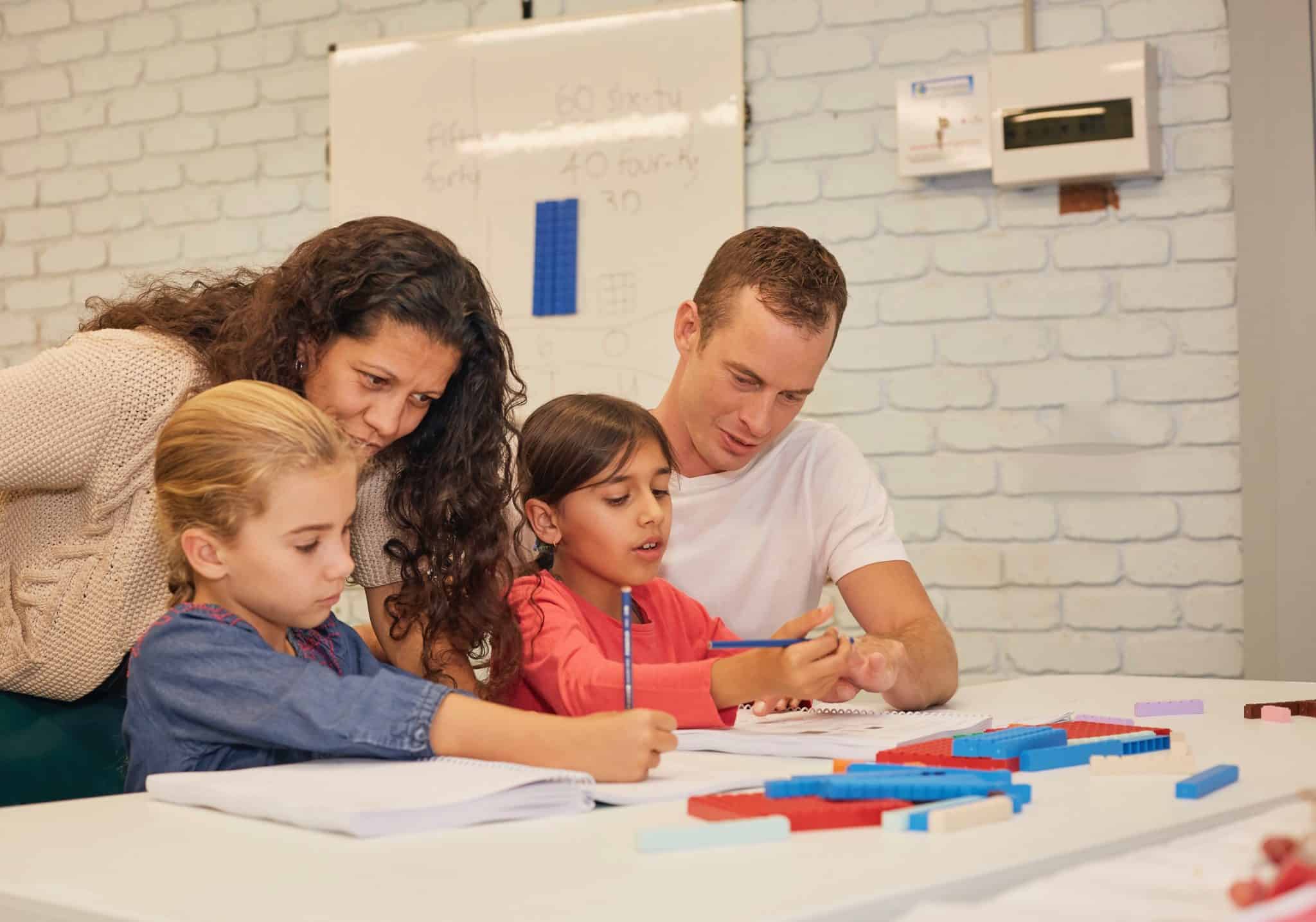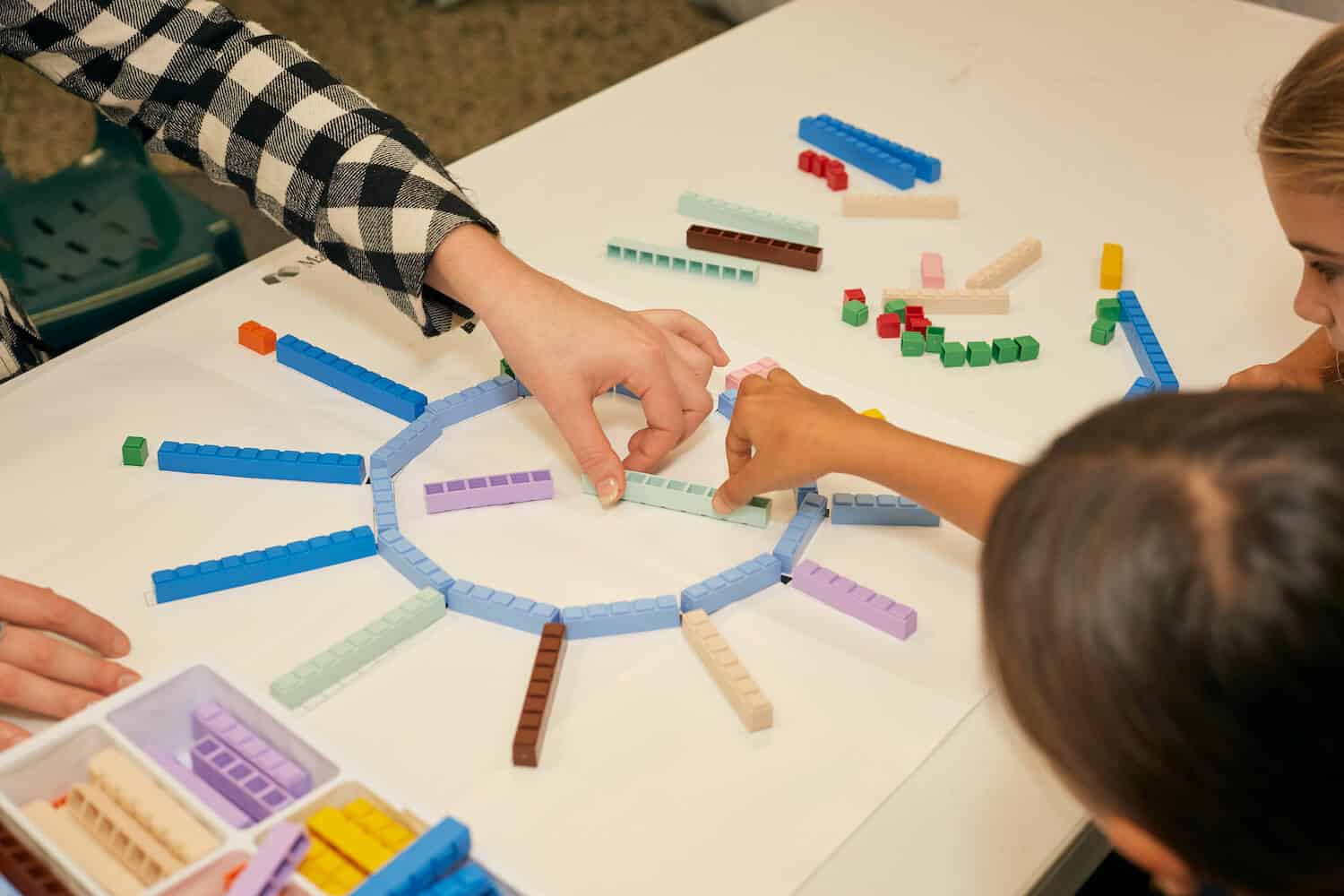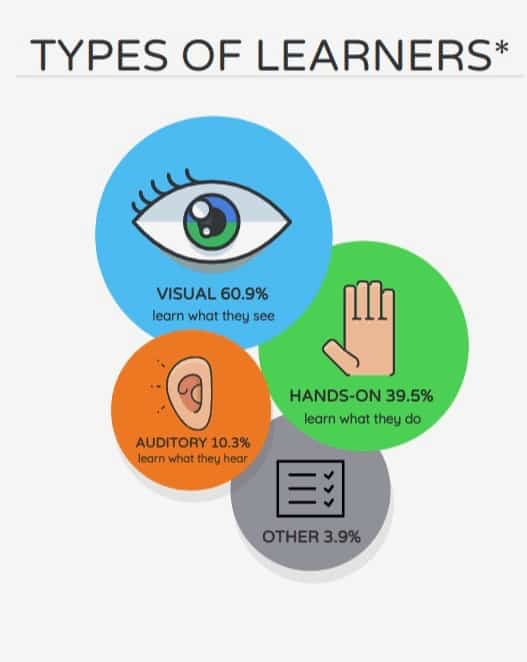
Why is maths a hard subject?
It can sometimes be a bit much - and especially if maths isn't taught properly, or topics rushed over too quickly, it can have a big impact on your child's understanding of numbers. Perhaps it's the way we speak about numbers in our English language (there's a whole heap of research about the difference of the English language relating to numbers and the Japanese language and numbers. The research says that instead of saying "eleven" we should be saying "one-ty one". That means we keep proper place value and make numbers easy for kids to learn, remember and use correctly).
There's a specific reason to use multisensory, hands-on tools when teaching maths, and that's because it takes away the ambiguity, frustration and uncomprehension around abstract numbers.
My kids often struggled with maths...
Sometimes we would spend hours going over the same set of numbers and my kids just couldn't grasp the topic. One of the hardest topics to cover was multi-digit addition, which needed a sound grasp of place value.
When you add two big numbers together, you can't add the tens into the units colum, or otherwise you'll get mixed up with the hundreds column. It's confusing and I couldn't help them find the answer for themselves - it was the way I was taught in school, so I shared that with them, except it didn't work for them...
So I started researching about what DOES work with maths, and how to include those pieces into my homeschool curriculum. There was a whole lot of information and ideas about the best ways to teach maths.
I tested my research and found a few of the best methods that really worked for my kids.

1. Use multisensory as a foundation of teaching numbers
The hands-on blocks (they look like Lego blocks) from the Math-U-See program are used to show basic numbers, addition, subtraction and we even used them all the way to algebra. Having the same set of manipulatives to work with is research-proven to help students retain knowledge much faster and more in-depth, as opposed to using a variety of pins, apples, pizzas and popsicle sticks to teach addition and pizza slices to teach fractions. The Math-U-See Fraction Overlays and the Algebra Decimal Inserts did the job SO much better to teach fractions and algebra, and both the sets linked into the block sets with the same colours.
2. Engage visual, kinaesthetic and auditory learning styles
Hearing the lesson being taught activates different parts of the brain. Have you heard of the 4 different learning styles? The VARK Model is used to describe four modalities of student learning that were described in a 1992 study by Neil D. Fleming and Coleen E. Mills.

V = visual A = auditory R = reading/writing K = kinaesthetic
These different learning styles—visual, auditory, reading/writing and kinaesthetic—were identified after thousands of hours of classroom observation and are strongly followed by the Math-U-See program.
These learning styles are important to remember. Most predominantly, your child will identify with one of those learning styles. They will pick up topics better if they listen (hearing) to the lesson being taught, or touching (kinaesthetic) the blocks, or watching(visual) the videos. Maybe your child learns better by writing down and reading the word problems.
Make sure you identify your child’s strong point but also make sure they are taught using ALLOF THE ABOVE methods and styles of learning. This will improve their capacity to understand and their brain development...especially in early ages.

3. Ask your Student to Teach It Back to You
Studies show that when the student repeats what they’ve been taught, it reinforces the concept in the brain. Asking the student to “Teach It Back to You” shows that they have a full grasp of the topic. If you show your son how to change a flat tyre on your car, and then ask him to teach it back to you, you’ll very quickly find out what he’s learnt and what he has - and hasn’t - understood and retained.
Confucius, ancient Chinese scholar, says “Tell me and I will forget, show me and I may remember; involve me and I will understand.” And what we add: “Let me teach it back and I have shown mastery.”
You also have a great opportunity here to identify and go over those parts that your child didn’t quite get. Work with your child until they’ve understood the process completely.
There was also a whole lot more information about how to teach maths in the best way, from all that research (and all those late nights!) that I wanted to share.
And I realised... it's the little things that count.
From the multisensory aspects, to listening more to what my kids wanted and where they were really struggling, to rewarding them with certificates and gold stars. Everyone likes reward and encouragement, and especially for kids, it really works!
I decided to pour my research and experience as a homeschool mum into a resource to help other parents learn the best kept secrets for teaching maths at home EASILY.
You can download that here:

I've put my top 10 Secrets to Maths for Homeschooling Parents into a handy PDF download.
Drop in your details below and get it instantly.
We hate spam. Your email is safe as per our Privacy policy
I hope you find it as helpful as I did. And, let me know if you have any favourite ways of teaching maths that worked for you and your kids
Warmly,
Esther White
